We’ve answered all of your burning scone questions, like “Can you freeze scone dough?” and “Who invented scones?”
1) Who Invented Scones?
England, Scotland, Ireland, and Wales all claim to have invented the scone. The Oxford English Dictionary reports that the first written mention of a scone occurs in a poem published in Scotland in 1513. Not to be outdone, the Republic of Ireland selected the scone as its national treat for the European Union’s Cafe Europe program in 2006 (England selected shortbread).
Early scone recipes would have been considerably heavier than their modern counterparts. They were made with oats, without the benefit of baking powder, and cooked over an open flame. In the 1840s, Anna, Duchess of Bedford, a close friend of Queen Victoria’s, popularized the association between scones and afternoon tea. Scones migrated to America in the late 20th century. This may have been at the instigation of major coffee shop chains like Starbuck’s who were looking to upsell their coffee-drinking customers with a sweet treat, scones migrated to America.
2) What’s the Difference Between a British and American Scone?
There is a hot debate going on about British vs. American scones. Whose scones contain more butter? Which scones require egg? Whose scones are fluffier and lighter? Whose are heavy as bricks? Which are truly traditional scones? Which are truly interlopers masquerading as classic scones ?
The most amusing part about this debate is the consistency of its inconsistency. So many different explanations about the different scone recipes and the different ways they are made. We wish we could say that we had sleuthed and sleuthed and could say with certainty that British scones do or don’t contain more fat, do or don’t contain eggs, and are or aren’t superior. But, that would be untrue. BBC Good Food and Mary Berry (doyenne of British baking that she is) each present contradicting recipes on that topic.
3) Do I Need to Use a Pastry Cutter to Make a Proper Scone?
We have an ongoing family debate about proper scone technique. Some family members prefer to leave the butter in big hunks to ensure maximum lift by using a pastry cutter. A quick refresher on baking science here for a second, if you don’t mind: Leaving the butter in big chunks means that it melts in the oven and the steam causes the the dough to lift, giving your baked good extra layers and fluffiness. This is a good thing and leads to tender scones.
Other family members have a strange and unexplainable fear of the pastry cutter (or perhaps underdeveloped biceps? In any case, we won’t name names), and prefer to use a food processor. The only issue with the food processor is that you have to be VERY sparing with your pulses or you will overmix and cut up the butter too finely, or worse, turn it into a paste. So, if you’re going with the food processor option here, use it sparingly!
4) Why Are My Scones Flat?
See item 3 above. If you mashed up your butter too much, your scones won’t rise. For taller scones, leave big cold butter chunks and make sure your baking powder is still good! A hot oven temperature right off the bat also helps.
5) Why Do You Brush Scones with Heavy Cream?
If you want a lovely golden brown hue to the tops of your scones, use a pastry brush to gently brush some heavy cream or half and half over the tops of the scone. Brushing with egg will yield and even darker shiny hue. You can also sprinkle scones with a bit of coarse sugar for texture, or colored sanding sugar for decoration, after you’ve brushed with heavy cream and or egg.
6) Can I Freeze Scones?
Yes! Scones do great in the freezer. Freezing scones is the best way to have fresh scones whenever you want. Assemble the batter, shape the scones, and freeze the unbaked dough in a single layer on baking trays until hard. Unbaked scones can be stored in the freezer for several weeks. Store frozen scones in a well-sealed freezer bag to prevent freezer burn. No need to bring frozen scones to room temperature for baking. To bake, preheat oven to 425 F, plop your frozen dough on a parchment-lined baking sheet and gently brush scone tops with a bit of heavy cream and sprinkle with sugar. Increase your baking time by 5-10 minutes to allow time to defrost.
7) What Are Your Favorite Scones?
Wow, choosing a favorite scone recipe is like asking a mother to pick her favorite child. Obviously, it’s her oldest. Just kidding, it’s the cutest. Yes, you see, it’s easier said than done. We can’t pick, so here’s a selection of some of our best scones.
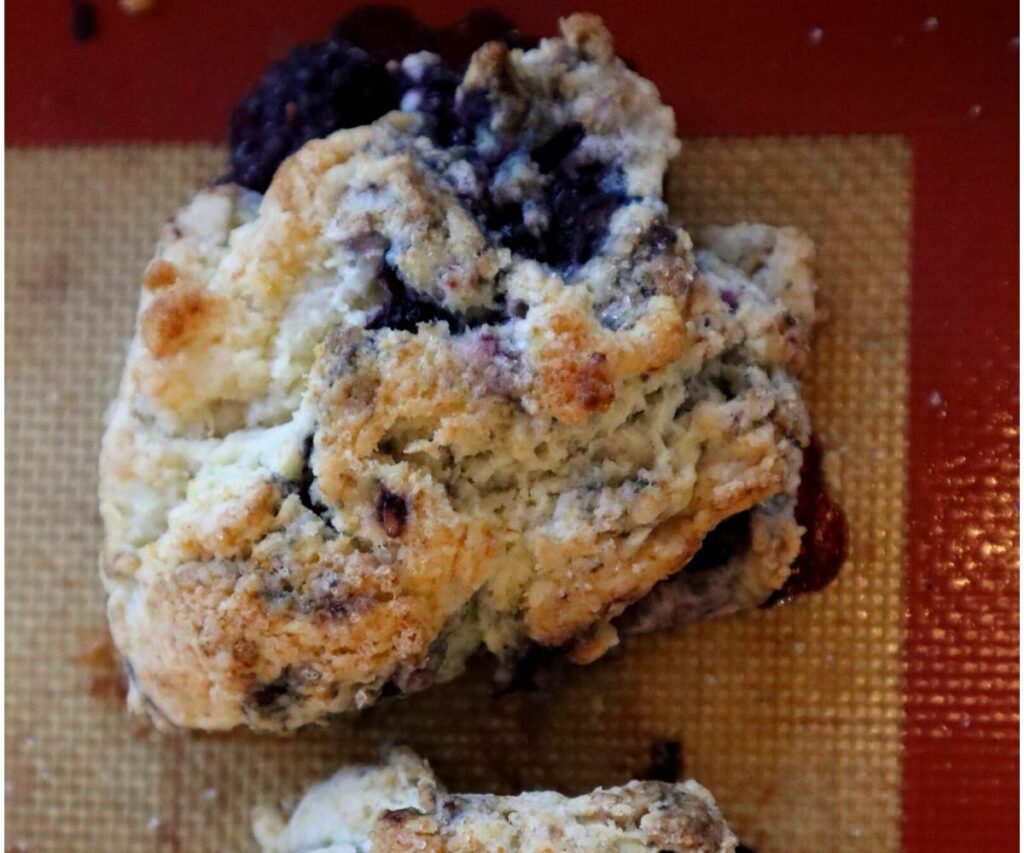

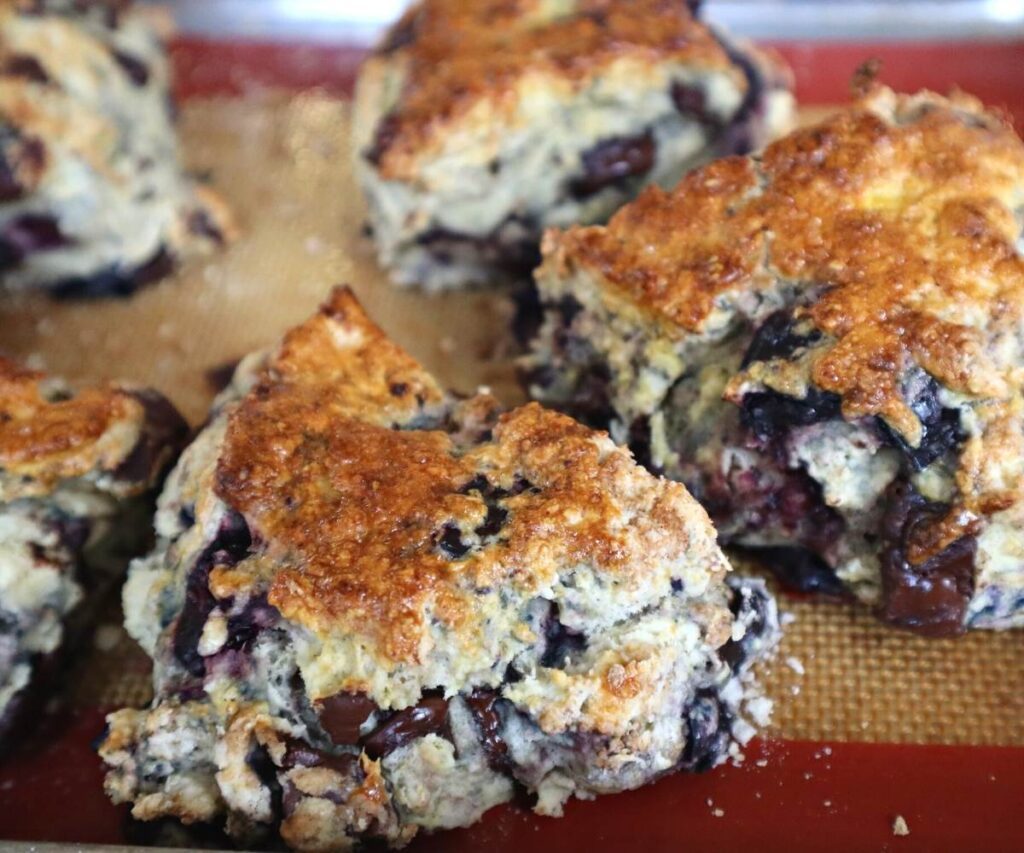
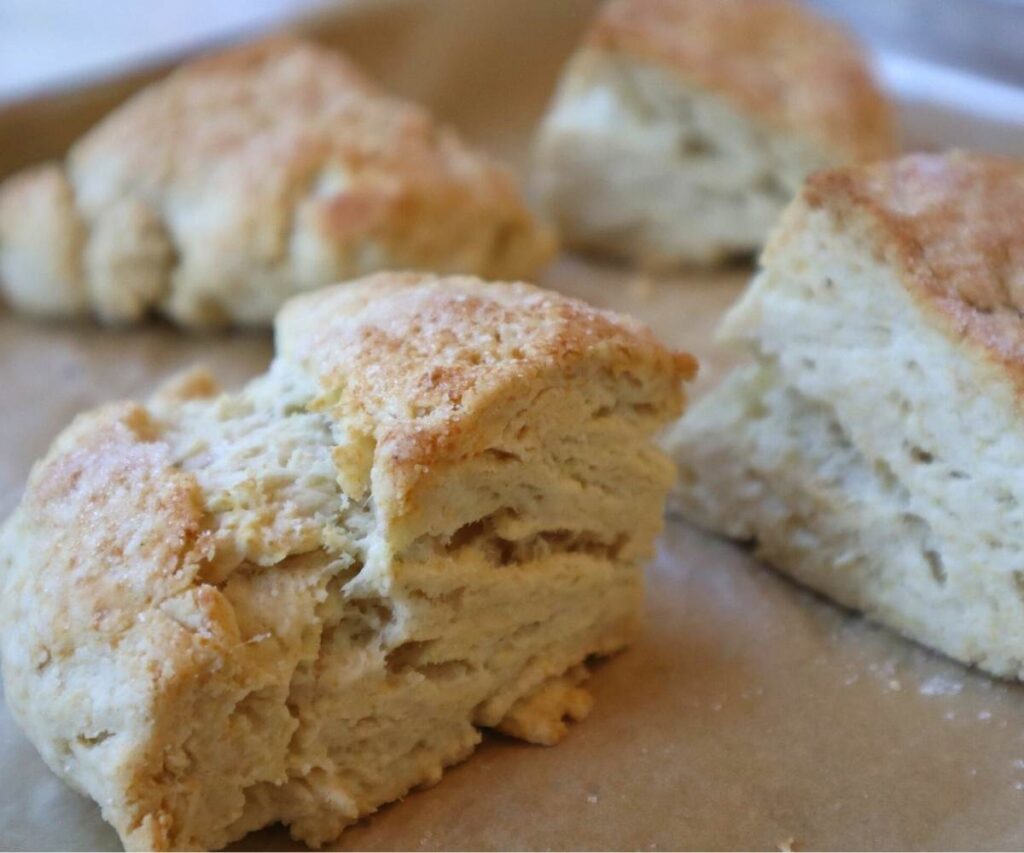

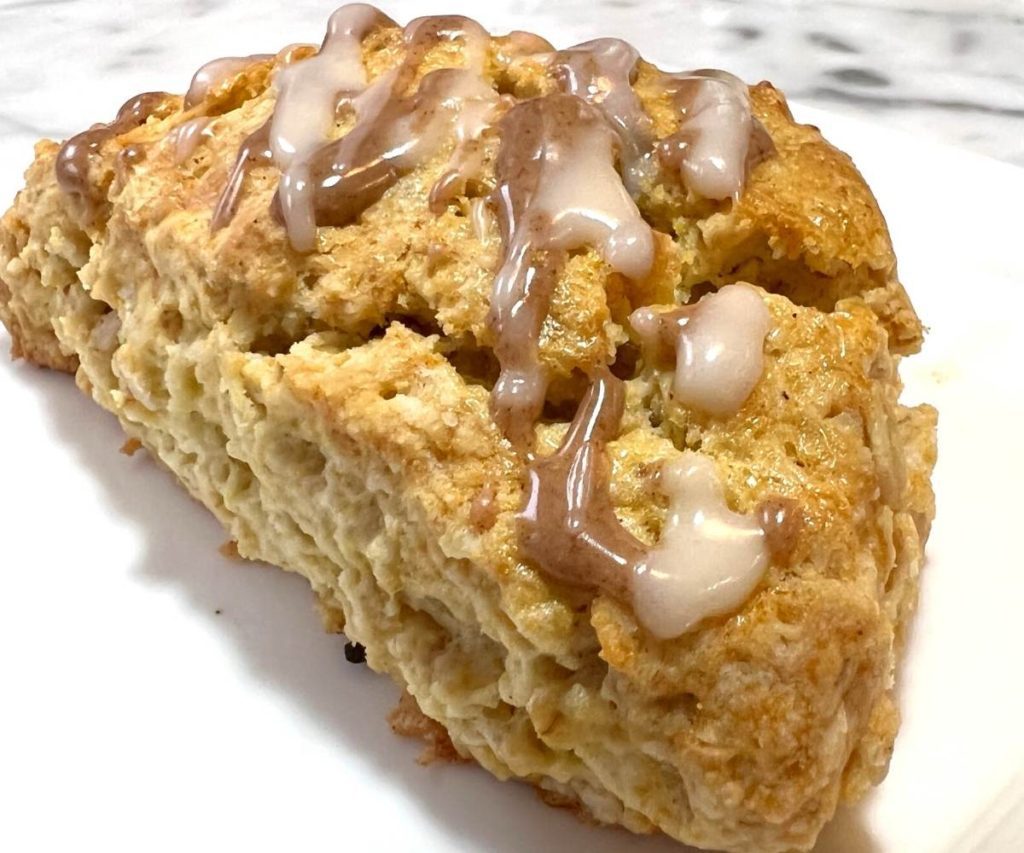
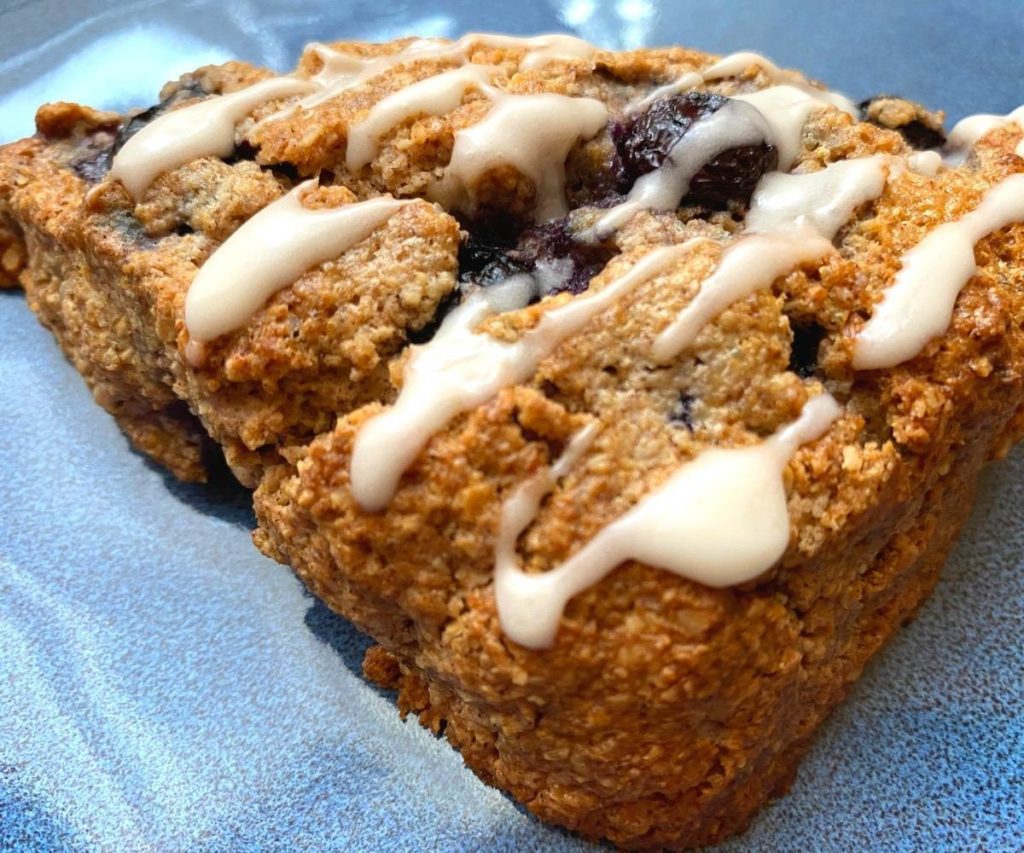


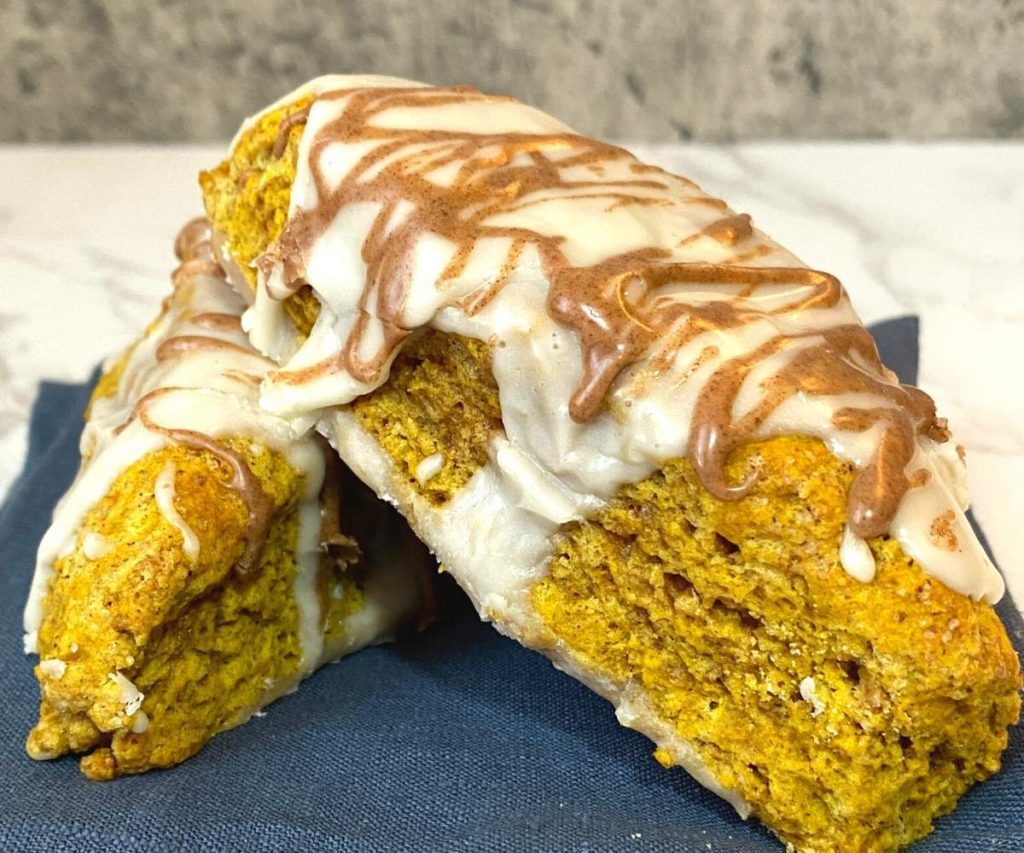

6) What Are Your Favorite Tools for Making Scones?
So glad you asked! Here are some useful gadgets we love for scone-making
7) Is There a Bonus Scone Recipe Here, or What?
You didn’t really think we’d get to the end of this post without throwing in a bonus scone recipe, did you? Here you go!

Chocolate Scone Recipe
Equipment
- pastry cutter
- pastry brush
- baking sheet
- parchment paper
- silicone baking mat
Ingredients
- 2 2/3 cups all purpose flour
- 1/3 cup cocoa powder
- 1/2 cup granulated sugar
- 1 tbsp baking powder
- 1/2 tsp baking soda
- 3/4 tsp salt
- 8 tbsp cold butter unsalted, cut into 1/2 inch cubes
- 1 large egg
- 1 tsp vanilla extract
- 3/4 cup milk
- 1 1/2 cups semisweet chocolate chips
For the topping
- 1 cup powdered sugar
- 1 tbsp milk
Instructions
- Preheat oven to 425 F. Line a baking sheet with parchment paper.
- Sift the dry ingredients (cocoa powder, sugar, baking powder, baking soda, and salt) into a large bowl.
- Add the butter to the bowl and use a pastry cutter to cut the butter into the flour mixture.
- In a small bowl, whisk together the wet ingredients (egg, milk, and vanilla). Pour the wet ingredients into the flour-butter mixture and use a fork to stir the mixture together until the dough begins to form.
- Add the chocolate chips and continue stirring with a fork until a dough ball forms. If the dough seems too dry, add milk by the teaspoonful.
- Once the dough forms, pour it out onto a pastry mat or well-floured kitchen counter and knead several times until the dough is fully formed.
- Divide dough in half and pat each half into a 6-inch circle, roughly 3/4 inch thick. Use a sharp knife or a pastry cutter to cut each circle into six portions.
- Spread the wedges out across the prepared baking sheet. Bake scones 18 to 23 minutes until set.
- Remove from oven and let cool on baking tray for 5 minutes, before removing to a wire rack to fully cool.
- While the scones cool, whisk together the confectioners’ sugar and milk in a small bowl until a thick icing forms. Add more sugar or milk as needed to achieve the correct consistency.
- Once the scones are cool, drizzle with frosting to make the most decadent of breakfasts!
Affiliate Disclosure: As Amazon Associates, we earn a small commission from qualifying purchases when you click on links embedded in this post.

